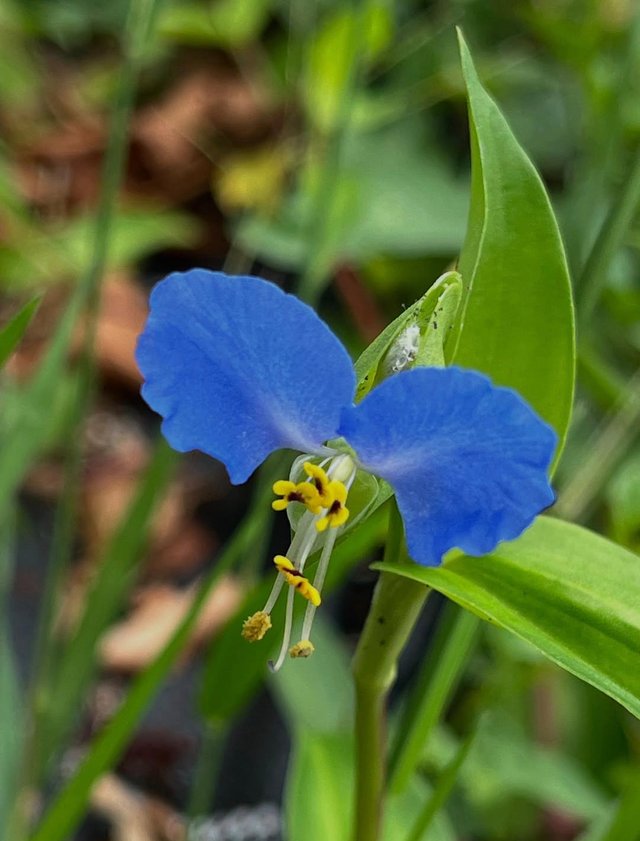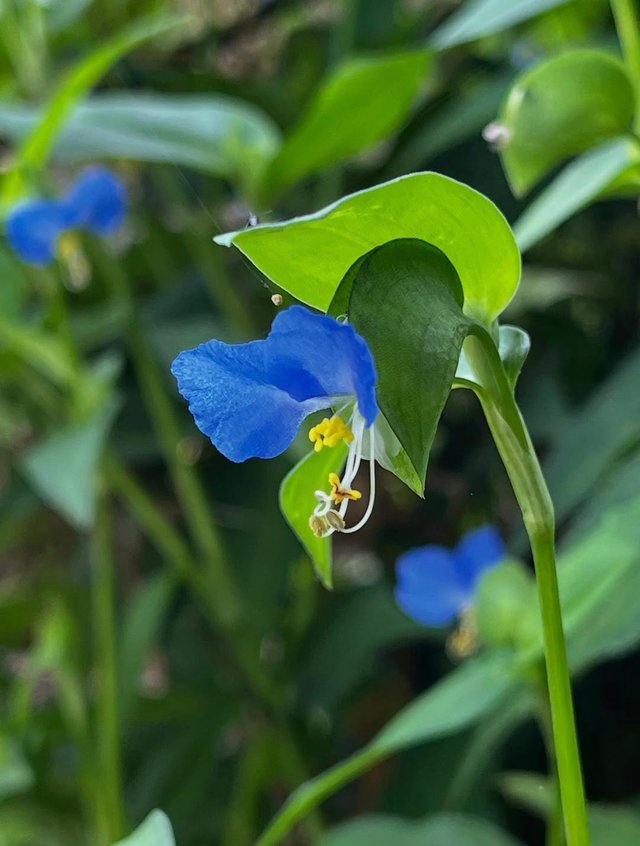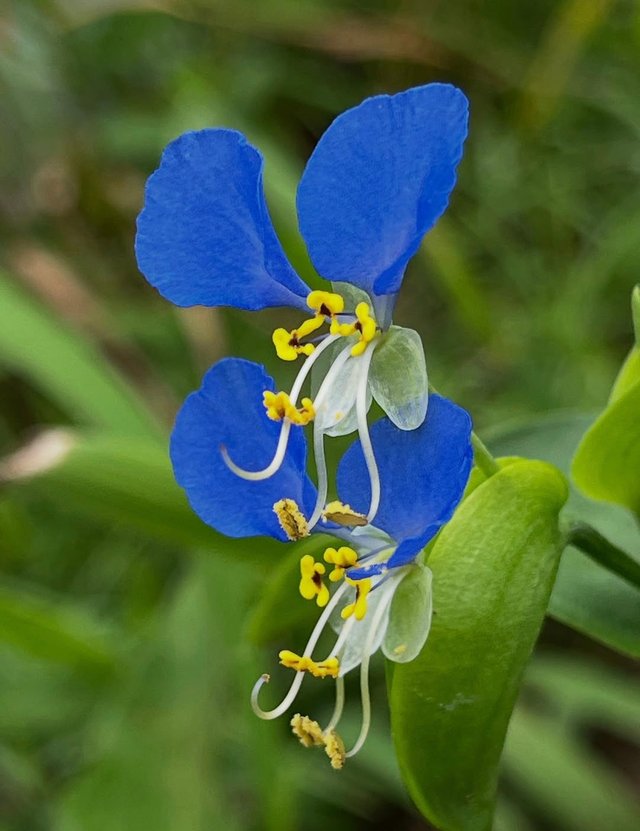Common Dayflower
Tucked away in gardens, fields, and along roadside paths, you might stumble upon a delicate, fleeting bloom with vibrant blue petals—the Common Dayflower.Though often overlooked, this plant carries a fascinating botanical story and unexpected ecological and cultural significance.The Common Dayflower is a fast-growing annual herbaceous plant from the Commelinaceae family. It is native to East Asia, particularly China, Japan, and Korea, but it has since spread widely across North America, Europe, and other parts of the world due to its adaptability.
It has two large, vivid blue petals on top and a tiny, white lower petal—a unique, asymmetrical floral arrangement.Its flowers open for just one day, hence the name dayflower.The plant grows on sprawling, succulent-like stems, with broad, lance-shaped leaves that clasp the stem.Despite its fleeting bloom, the Common Dayflower can produce a succession of flowers over weeks or even months, especially in moist, sunny environments.
The genus name Commelina honors Dutch botanists Jan and Caspar Commelin, symbolized by the two showy petals and the smaller third petal.The ephemeral nature of the bloom has made it a symbol of impermanence in East Asian literature and poetry.In traditional Korean and Chinese medicine, parts of the plant are used to reduce fever, detoxify, and promote diuresis.Though its flower lasts only a single day, the Common Dayflower leaves a lasting impression on those who take a closer look. It bridges science, art, and ecology—proving that even the most fleeting forms of life can hold deep meaning and value.



